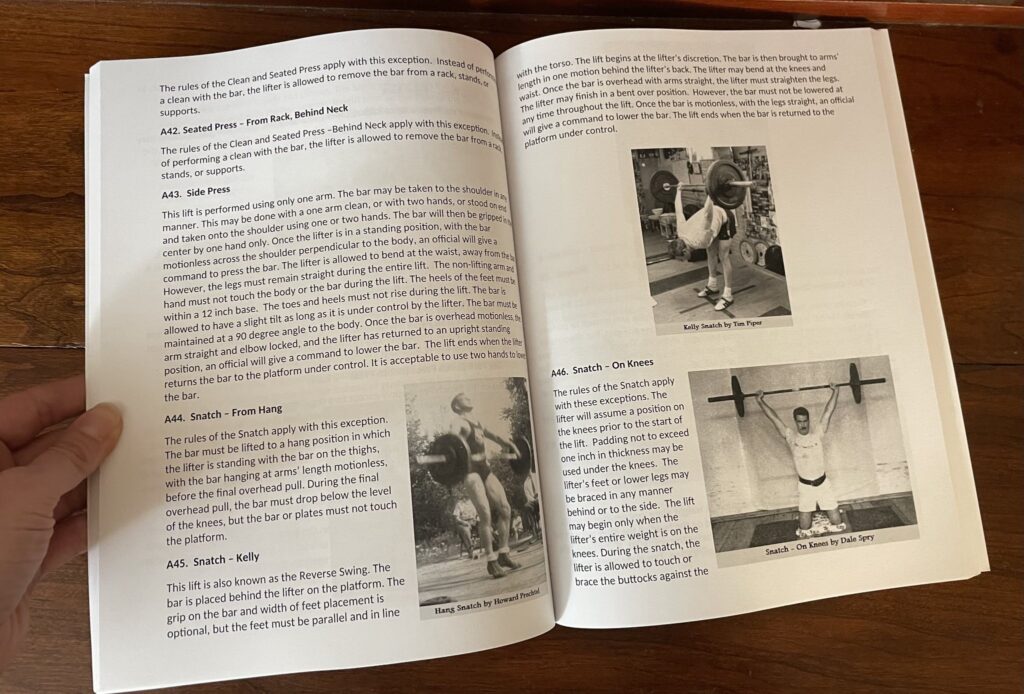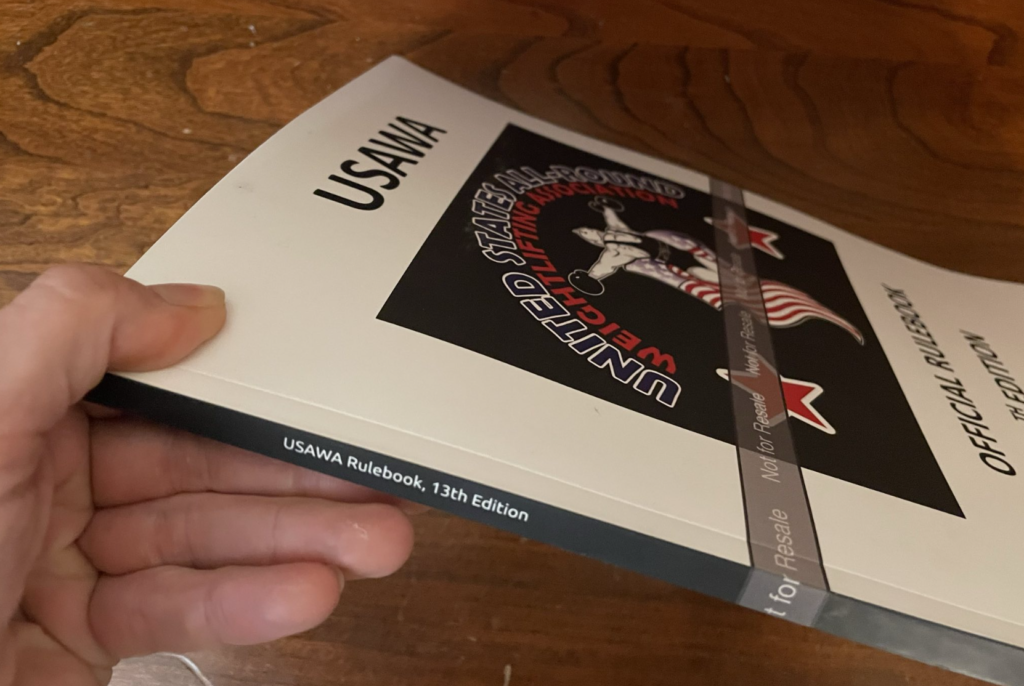Buffville Cup V
SATURDAY, NOVEMBER 9, 2024
BUFFVILLE GYM in ALBANY, KENTUCKY
ADDRESS: 205 SOUTH SPRING STREET ALBANY, KENTUCKY
WEIGH-INS: 1 PM – RECORD BREAKING BEGINS AT 2 PM
THE LIFTS: You can choose any USAWA lift to break but, please let me know your lifts to make sure I have the appropriate equipment for you to set the Record.
ENTRY FEE: NONE, just let me know you are attending, then have fun lifting & breaking records! All lifters are required to give their birthdate & age on the day of the Buffville Cup V.
MEET DIRECTOR – Clint Poore: contact by email clintpoore@hotmail.com or by phone at 606-688-2600.
USAWA MEMBERSHIP REQUIRED: You must be a member of the USAWA. Registration will be available at onsite if you need to join the USAWA.
RECORD SESSION – Each lifter can perform 1 record attempt. Please let me know what record you will be attempting so that I can be sure I have the appropriate equipment. USAWA National Records can be set at this meet, if we have 3 referees present IAWA World Records may be set.
HOTEL – Baymont by Wyndham Albany
Address: 79 Soma Lane, Albany, KY 42602
Phone: (606) 387-7238

